If you’ve been working in your industry for a while, the preliminary list of OSHA’s most-cited violations for 2019 shouldn’t come as a surprise. In fact, for five years the top five has remained unchanged! Since 2014, only two items have fallen off the list (both related to electrical violations), bringing in new additions like training requirements for fall protection and eye and face protection.
Because you know OSHA’s most common violations, you should do whatever is in your power at your workplace to avoid them at all cost. Here’s a look at the top five you should work hard to prevent.
Fall Protection – General Requirements (1926.501)
For at least the last five years, the general requirements for fall protection has topped the list. Referenced as a “duty to have fall protection,” OSHA lists different guardrail, railing, and other safety requirements for work areas based on varying factors. It’s no surprise they monitor this so closely – falls remain one of the leading causes of workplace injury and death.
Hazard Communication (1910.1200)
This is exactly what it sounds like – communicating the hazards of whatever chemical is being worked with on the job. Considering tragic errors of the past, like asbestos, OSHA mandates that all chemicals are clearly labeled and that employees understand what they are and what they do. The goal of this is to avoid illness, injury, and legislation related to withholding information.
Scaffolding – General Requirements (1926.451)
With falls being the threat they are, scaffolding is also closely monitored, with specific details about weights, ropes, counterbalances, and rated loads to make sure everything remains safe. If you use scaffolding at your company, take the time to review all of OSHA’s inclusions in the scaffolding standard to avoid violation and, more importantly, worker injury.
Control of Hazardous Energy – Lockout/Tagout (1910.147)
As part of its regulations on hazardous energy, OSHA requires employers to create safety procedures and programs to either lockout, tagout, or disable machines that may encounter energization. When machines that control energy begin to malfunction or react, the lack of safety measures for shutting down can have disastrous effects for the employees involved and potentially communities at large. While many will be smaller scale, nuclear energy has the potential to cause widespread illness and destruction.
Respiratory Protection (1910.134)
Depending on the specific work in an industry, respiratory protection may be required. Specifically, 1910.134 refers to those involved with marine terminals, shipyards, longshoring, construction, and general industry. The mandate is that employees must provide the proper respirators for the purpose of the job. It defines the different types of equipment and their specific uses.
Staffing and Recruiting for Multiple Industries
Keeping your team safe is your priority and providing you with safety-minded and exceptional talent is ours. We specialize in manufacturing, light industrial, warehouses, and administration staffing, meaning we know the kind of worker you’re looking for to join your team. Find a location near you to get started with Workbox today!


